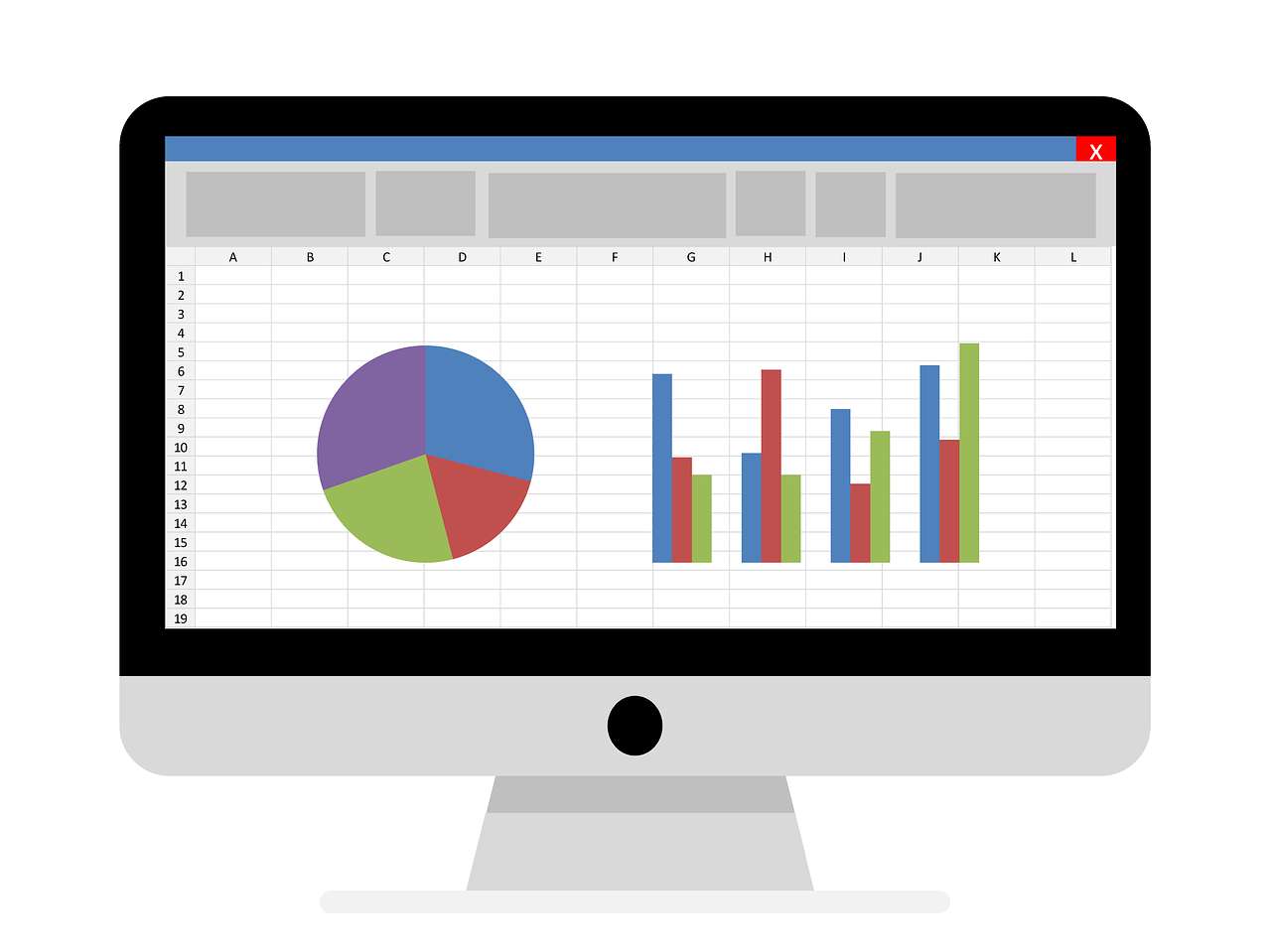Embark on a journey of knowledge! Take the quiz and earn valuable credits.
Take A QuizChallenge yourself and boost your learning! Start the quiz now to earn credits.
Take A QuizUnlock your potential! Begin the quiz, answer questions, and accumulate credits along the way.
Take A QuizChapters
Model Evaluation and Deployment in AI and Machine Learning: A Comprehensive Guide

Overview
Introduction
In the rapidly evolving field of artificial intelligence (AI) and machine learning (ML), creating a model is just the beginning. Ensuring its effectiveness and seamlessly integrating it into real-world applications are critical steps that determine the success of any AI or ML project. This article delves into the essentials of model evaluation and deployment in AI and machine learning, providing insights into best practices and common challenges.
Understanding Model Evaluation
Model evaluation is the process of assessing the performance of a machine learning model. It involves using various metrics and techniques to ensure that the model accurately predicts outcomes based on the data it was trained on. This step is crucial for identifying any potential flaws or biases in the model, ensuring its reliability before deployment.
Key Evaluation Metrics
- Accuracy: Measures the percentage of correctly predicted instances out of the total instances.
- Precision: Evaluates the accuracy of positive predictions.
- Recall (Sensitivity): Assesses the model’s ability to capture positive instances.
- F1 Score: Combines precision and recall into a single metric.
- ROC-AUC Score: Measures the model’s ability to distinguish between classes.
Techniques for Model Evaluation
- Cross-Validation: Splitting the dataset into multiple folds to train and test the model on different subsets.
- Confusion Matrix: A table that summarizes the performance of a classification model.
- Holdout Method: Splitting the dataset into separate training and testing sets.
Model Deployment in AI and Machine Learning
Once a model has been thoroughly evaluated, the next step is deployment. This involves integrating the model into a production environment where it can make predictions on new data.
Steps for Successful Deployment
- Model Selection: Choose the best-performing model based on evaluation metrics.
- Environment Setup: Ensure the deployment environment is compatible with the model’s requirements.
- Monitoring and Maintenance: Continuously monitor the model’s performance and update it as necessary.
Deployment Techniques
- Batch Processing: The model processes data in batches at scheduled intervals.
- Real-Time Processing: The model processes data instantly as it arrives.
- Embedded Models: Integrating the model into devices or applications.
Common Challenges in Model Evaluation and Deployment
Data Drift
Over time, the data on which the model was trained might change, leading to decreased performance. Regularly updating the model and retraining it on new data can mitigate this issue.
Scalability
Ensuring the model can handle large volumes of data and requests is essential for maintaining performance. Employing cloud services and optimizing code can help achieve scalability.
Security and Privacy
Protecting sensitive data and ensuring the model complies with regulatory requirements is crucial. Implementing robust security measures and anonymizing data can address these concerns.
Best Practices for Model Evaluation and Deployment
Automated Testing
Incorporate automated testing to detect any issues early in the deployment process. This includes testing for edge cases and unexpected inputs.
Continuous Integration and Continuous Deployment (CI/CD)
Adopt CI/CD practices to streamline the deployment process. This involves automated testing, integration, and deployment, ensuring faster and more reliable updates.
Documentation
Maintain comprehensive documentation for the model, including its architecture, training process, and deployment steps. This facilitates easier troubleshooting and collaboration.
Conclusion
Model evaluation and deployment are integral parts of any AI and machine learning project. By thoroughly evaluating models and deploying them using best practices, organizations can ensure their AI solutions are effective and reliable. Addressing common challenges and adhering to best practices can significantly enhance the performance and longevity of deployed models.
FAQs
- What is model evaluation in machine learning? Model evaluation is the process of assessing the performance of a machine learning model using various metrics and techniques to ensure its reliability.
- Why is model deployment important? Model deployment is crucial because it integrates the model into a production environment where it can make predictions on new data, providing real-world value.
- What are some common metrics used in model evaluation? Common metrics include accuracy, precision, recall, F1 score, and ROC-AUC score.
- What is cross-validation? Cross-validation is a technique where the dataset is split into multiple folds to train and test the model on different subsets, providing a more robust evaluation.
- What are the different techniques for model deployment? Techniques include batch processing, real-time processing, and embedding models into devices or applications.
- What is data drift, and how can it be managed? Data drift refers to changes in the data over time, which can affect model performance. It can be managed by regularly updating and retraining the model.
- How can scalability be ensured in model deployment? Scalability can be ensured by using cloud services and optimizing the model’s code to handle large volumes of data and requests.
- Why is security important in model deployment? Security is important to protect sensitive data and ensure compliance with regulatory requirements.
- What are CI/CD practices? Continuous Integration and Continuous Deployment (CI/CD) practices involve automated testing, integration, and deployment to streamline the deployment process.
- Why is documentation important in model evaluation and deployment? Documentation is important for troubleshooting, collaboration, and ensuring a clear understanding of the model’s architecture, training process, and deployment steps.
Posted on 24 Sep 2024, this text provides information on Model Evaluation and Deployment in AI and Machine Learning: A Comprehensive Guide. Please note that while accuracy is prioritized, the data presented might not be entirely correct or up-to-date. This information is offered for general knowledge and informational purposes only, and should not be considered as a substitute for professional advice.
Similar Tutorials

Advanced Excel Charts Tutorial: How to Create Prof...
Learn how to create professional charts in Excel with our advanced Excel charts tutorial. We'll show...

Advanced Excel Functions: Tips and Tricks for Boos...
Are you tired of spending hours working on Excel spreadsheets, only to find yourself stuck on a prob...

Apache Flume Tutorial: An Introduction to Log Coll...
Apache Flume is a powerful tool for collecting, aggregating, and moving large amounts of log data fr...
Explore Other Libraries
Please allow ads on our site
Please log in to access this content. You will be redirected to the login page shortly.
Login
Join Our Community Today
Ready to take your education and career to the next level? Register today and join our growing community of learners and professionals.

Your experience on this site will be improved by allowing cookies. Read Cookie Policy
Your experience on this site will be improved by allowing cookies. Read Cookie Policy



Comments(0)